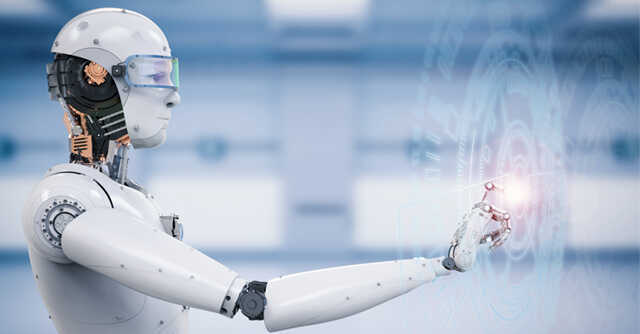
Nvidia joins hands with Open Robotics to accelerate open-source robotics development


Chip giant Nvidia, today, announced a partnership with California headquartered non-profit Open Robotics. The partnership will help improve support for Nvidia’s hardware on Open Robotics’ Robot Operating System (ROS) 2, the newest version of the company’s open-source development suite for robots. The chip firm said that the collaboration will help reduce development time for incorporating computer vision and machine learning/artificial intelligence (AI) applications in robots.
The ROS platform has been an important part of development in the global robotics space for over 9 years now. The platform has been used by the National Aeronautics and Space Administration (NASA) on humanoid robots, while Open Robotics has also worked on marine robots, driverless cars, etc.
“NASA was among the earlier adopters of our open-source tools, starting when they ported their Robonaut 2 humanoid to use ROS and Gazebo back in 2012. Their successor Valkyrie humanoid was ROS-based from the start, as were the Astrobee free-flyers that now help astronauts on the International Space Station,” the company said on its website.

According to Nvidia, the partnership will allow management of data flow and share memory across GPU and other processors on the Nvidia Jetson Edge AI platform, a supercomputer-based AI computing platform. In addition, Nvidia Isaac Sim, which is a scalable robotics simulation application, will be interoperable with Open Robotics’ ROS 1 and ROS 2 systems.
ROS developers will be able to move their robots between Open Robotics’ Ignition Gazebo and Isaac Sim environments, allowing them to run large scale simulations. “As more ROS developers leverage hardware platforms that contain additional compute capabilities designed to offload the host CPU, ROS is evolving to make it easier to efficiently take advantage of these advanced hardware resources,” said Brian Gerkey, CEO of Open Robotics.
The companies said that the first software coming out of the collaboration is expected in 2022. "Nvidia has invested heavily in compute hardware that's relevant for modern robotics and AI workloads. Robots ingest and process large data volumes from sensors such as cameras and lasers. Nvidia's architecture allows that data flow to happen incredibly efficiently,” the chip maker told The Register in an interview.

